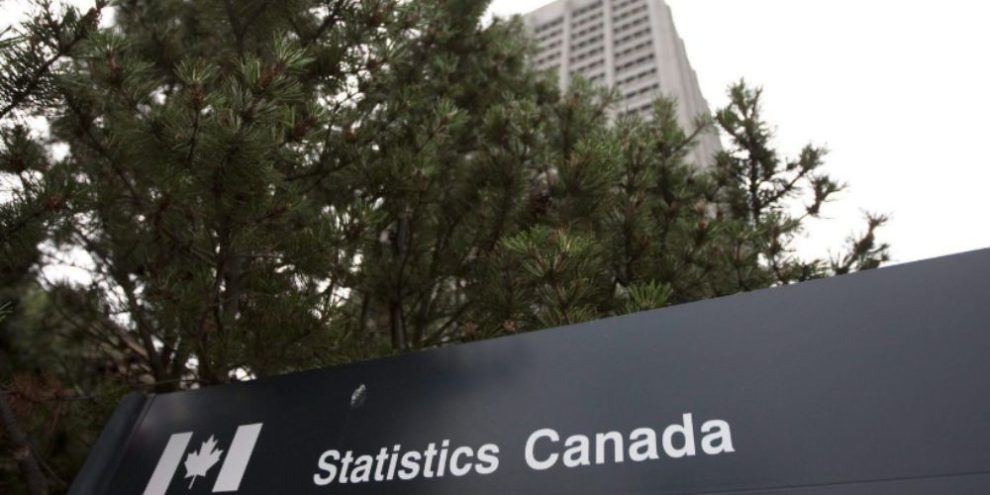
Updated September 5, 2025 @ 12:53pm
The Canadian economy lost jobs for the second month in a row and the unemployment rate climbed to its highest level since May 2016, excluding the pandemic period, Statistics Canada reported on Friday.
The weaker-than-expected reading of the labour market prompted financial markets to increase the odds the Bank of Canada will cut its key interest rate target later this month.
The unemployment rate ticked up to 7.1 per cent in August as the economy lost 66,000 jobs for the month. The monthly jobs report comes after the July labour force survey that showed a loss of 41,000 jobs and an unemployment rate of 6.9 per cent.
A poll of economists heading into the release had expected August to show a gain of 10,000 jobs and the unemployment rate to rise to seven per cent for the month, according to LSEG Data & Analytics.
Leslie Preston, managing director and senior economist at TD, said the unemployment rate has now risen half a percentage point since the start of the year, but noted it could have been worse.
"Looking at that unemployment rate of 7.1 per cent, it would be even higher if we weren't simultaneously having a slowdown in labour force growth," she said.
"We had 31,000 fewer people in the labour force this month. So if we hadn't had that, the unemployment rate would be even higher."
The Canadian economy has been under pressure from the tariffs imposed by U.S. President Donald Trump.
Barrie's News Delivered To Your Inbox
By submitting this form, you are consenting to receive marketing emails from: Central Ontario Broadcasting, 431 Huronia Rd, Barrie, Ontario, CA, https://www.cobroadcasting.com. You can revoke your consent to receive emails at any time by using the SafeUnsubscribe® link, found at the bottom of every email. Emails are serviced by Constant Contact
While exporters have been adapting to ensure their goods are eligible to enter the U.S. tariff-free under the Canada-U.S.-Mexico Agreement on trade, the steel, aluminum and auto sectors continue to face specific tariffs.
Royal Bank senior economist Claire Fan said the trade dispute is taking its toll on Canadian labour markets.
"The worsening trend in the summer also mirrors condition south of the border — job growth in the U.S. largely ground to a halt since May and the unemployment rate has also edged higher," Fan wrote in a report.
While the weak job numbers help make the case for rate cuts, the August inflation figures to be released on Sept. 16, the day before the next Bank of Canada interest rate decision, are expected to weigh heavily on the policymakers at the central bank.
Preston said TD's expectation is that the Bank of Canada will cut its key interest rate by a quarter of a percentage point twice by the end of the year, but the timing of that is less clear.
"The Bank Canada did act somewhat pre-emptively early in the year, cutting interest rates two times, and they've been on hold since then. They are wary of doing too much and potentially kicking off a bout of higher inflation," she said.
Thomas Ryan, North America economist at Capital Economics suggested the jobs report makes a September rate cut by the Bank of Canada "almost certain."
"A September cut from the Bank of Canada looks almost nailed on, with the prospect of another cut before the end of the year looking increasingly likely too," Ryan wrote in a report.
Statistics Canada said Friday there were 60,000 part-time jobs lost in August, while the economy shed 6,000 full-time jobs.
Employment fell across several industries in August.
The professional, scientific and technical services industry lost 26,000 jobs, while transportation and warehousing lost 23,000 positions and the manufacturing sector lost 19,000 jobs.
The construction industry added 17,000 jobs.
Average hourly wages rose 3.2 per cent on a year-over-year basis in August, following a year-over-year gain of 3.3 per cent in July.
The Bank of Canada's next interest rate decision is set for Sept. 17.
This report by The Canadian Press was first published Sept. 5, 2025.





